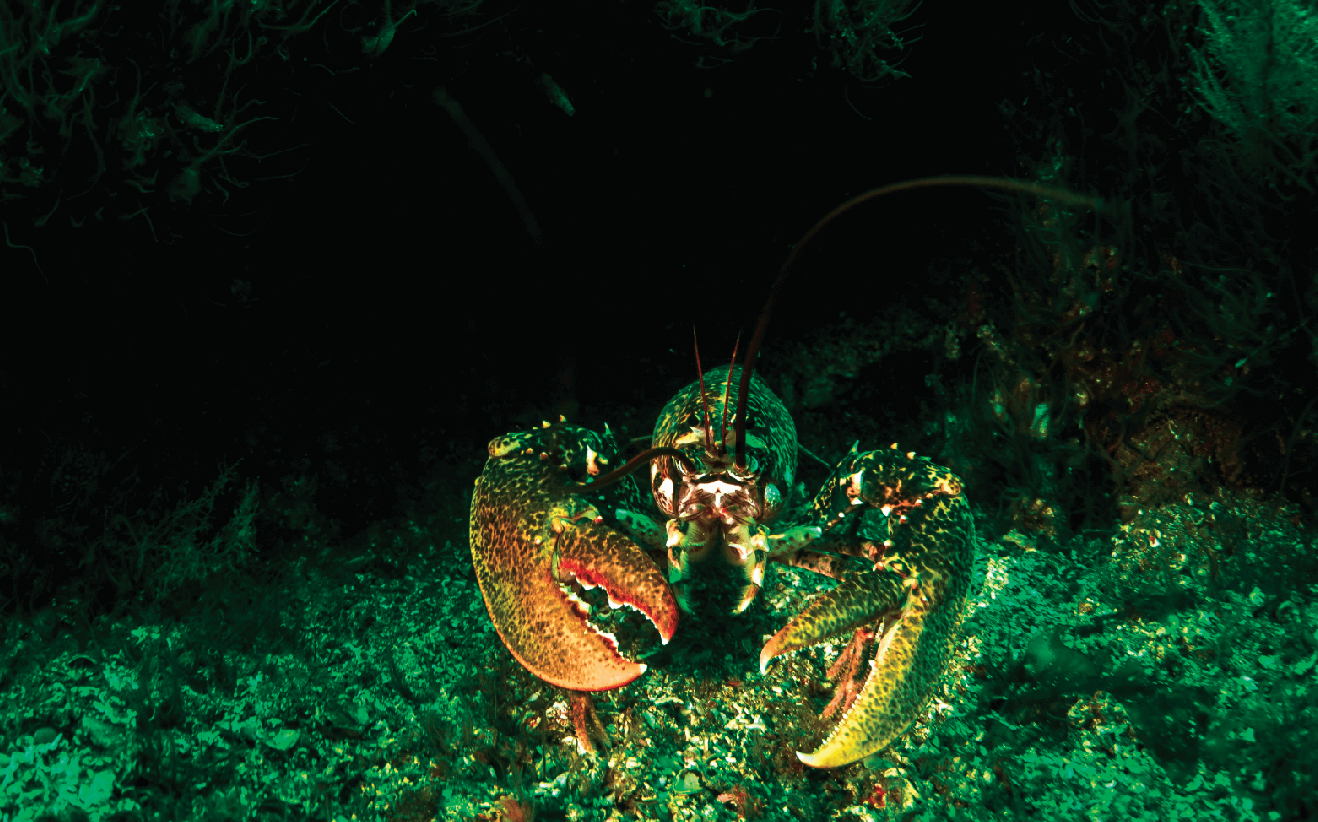Nature’s Armor: A Lobster Tale
From youngsters playing on the field, to weekend warriors playing pick-up basketball games, to professional athletes, the potential for sports-related injuries always looms. While most people recover from the sprains and breaks, some injuries — like concussions — can have long-term, even fatal consequences. To help keep athletes of all ages and abilities safe, two USC Viterbi researchers have been developing 3-D printed “body armor” mirrored on nature’s toughest, most protective structures.
Taking a Cue from Lobsters
Yang Yang, a postdoctoral scholar in industrial and systems engineering at USC Viterbi, had an epiphany one night while eating lobster in a restaurant, struggling to break the claws to get to the meat.
“I thought maybe there was some special structure involved that brings the lobster claws very high-impact resistance,” Yang recalled.
Indeed, there was.
Previous research has found that lobsters and mantis shrimp have an especially robust architecture to their outer shells made up of chitin, a fibrous material. This design, called Bouligand-type, involves structural fibers that align in a spiral and constantly rotate, which keeps small cracks from growing larger.
“The crack has to rotate with the fibers, so you get a much longer cracking propagation path,” said Yong Chen, associate professor of Industrial and Systems Engineering. “You may have a micro-crack, but it doesn’t break the shell.”
Chen, an expert in 3-D printing, and Yang have developed an electric-assisted 3-D printing process that aligns layers of material in bio-inspired and physically resilient ways, like Bouligand-type. The innovation makes them the first to integrate an electrical field into 3-D printing, and landed them the cover of the March 2017 issue of Advanced Materials.
Their study entailed printing prototypes of the meniscus in the human knee — essentially cartilage that acts as a shock absorber between the thighbone and shinbone, and that is vulnerable to injury. They then tested the impact resistance of a plastic model, a model made of plastic and carbon nanotubes (a type of fiber), and one made of plastic and carbon nanotubes that used an electric field to align the fibers during the printing process.
“When you just add nanofibers to plastic, overall you get four times improvement in strength,” Chen said. “If we add and then align the same nanofibers with a 1,000-volt electric field, you get eight times improvement in strength.”
Brave New Armor
The next steps for the research include building bigger and biocompatible prototypes.
“For clinical applications like a prosthetic meniscus, we need to find the perfect material, perhaps hydrogel,” Yang said.
In the future, the technology could be used to scan the head of a football player to create a digital design of his unique head shape. From there, a customized, super-strength helmet could be 3-D printed on the spot. To replace a meniscus, doctors could scan a patient’s knee and then print a prosthetic replacement with the appropriate dimensions.
In other words, we could be looking toward a brave new world of personalized protection — thanks, in part, to lobsters.
“In addition to the reinforced structures, we believe this manufacturing capability offers tremendous possibilities for applications in aerospace, mechanical and tissue engineering,” Chen said.
For their research paper, Chen and Yang worked with co-authors Kirk Shung and Qifa Zhou, both professors in the USC Viterbi Department of Biomedical Engineering. The research was funded in part by National Science Foundation research grant.




